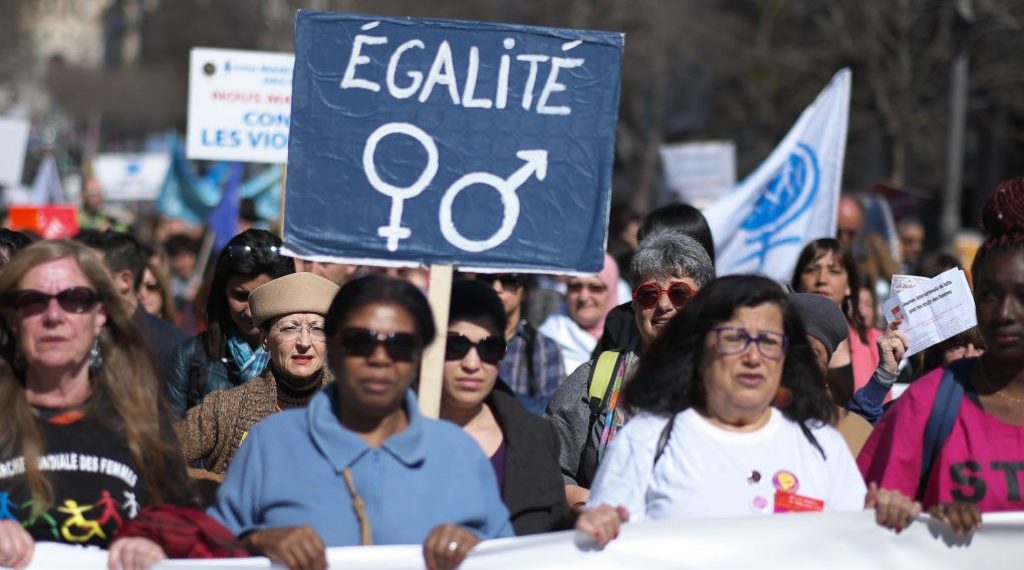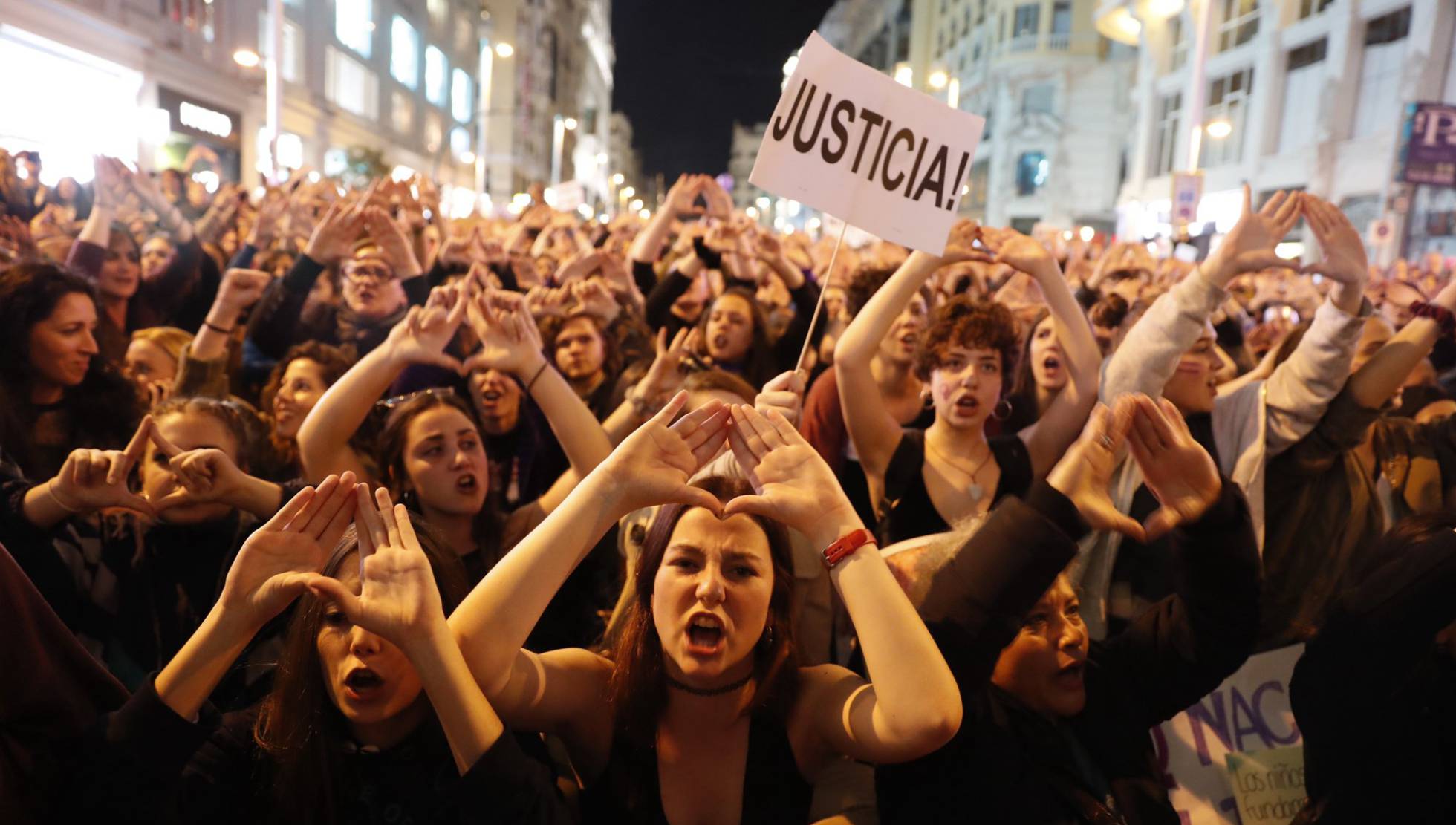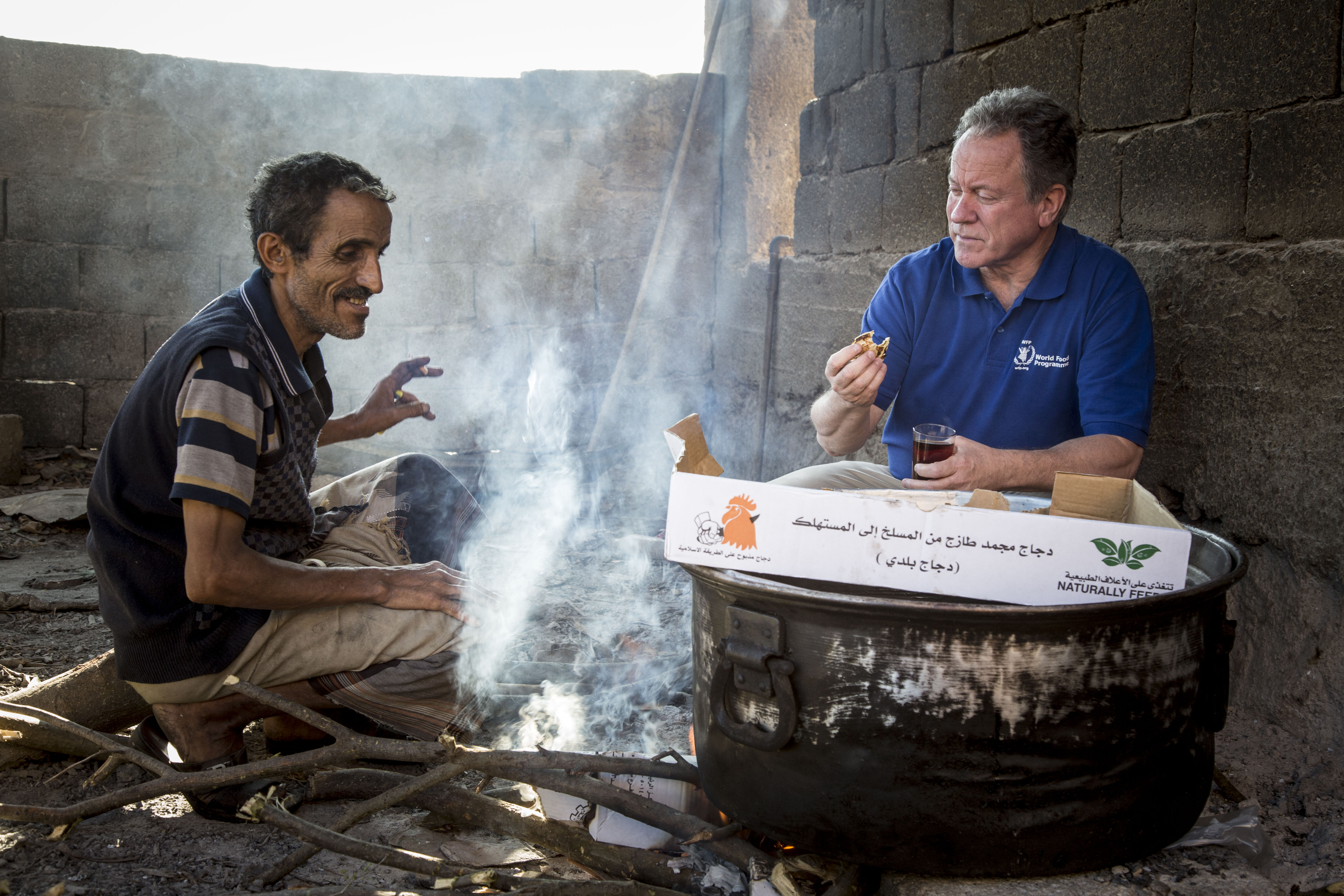An estimated 1.4 billion women and girls, or 40 percent, are living in countries with a “failing grade” on gender equality, according to a report by Equal Measures 2030 released on Monday, which demonstrates how far the world has yet to go in achieving gender equality.
The report calculated graded results through the 2019 SDG Gender Index, which is “the most comprehensive tool available to measure the state of gender equality aligned to the SDGs,” according to the organization. It also focused on 51 issues that these countries were scored on, ranging from hunger and nutrition, climate change, education, and others.
We are live! Explore #genderequality progress in 129 countries with the #EM2030Index. Compare country performances by #SDGs, indicators or by region!
Explore the Gender Advocates Data Hub now: https://t.co/0s22N7XHZF pic.twitter.com/ZTttAOviT1
— Equal Measures 2030 (@Equal2030) June 3, 2019
The index aimed to use all data to present intersecting forms of discrimination against women and girls globally. The report addressed that in order to properly calculate rankings of gender equality, data must be compounded from girls and women worldwide.
Equal Measures 2030 found that of the countries that were studied, which include around 95 percent of the world’s women and girls, “no country has fully achieved the promise of gender equality envisioned in the ambitious 2030 Agenda.”
The 2030 Agenda refers to a U.N. General Assembly resolution passed in 2015 by all world leaders that aims to achieve gender equality globally by that year.
With just 11 years to go, the index shows that not a single one of the 129 countries is fully transforming their laws, policies or public budget decisions on the scale needed to reach gender equality by 2030.
“We are failing to deliver on the promises of gender equality for literally billions of girls and women,” said Alison Holder, Director of Equal Measures 2030.
According to the report’s findings, Europe and North America have the highest regional score on the index. Latin America and the Caribbean have the second highest regional score, while Asia and the Pacific had a regional score that ranked in the middle of the index. The Middle East and North Africa received the second lowest regional score and Sub-Saharan Africa had the lowest regional ranking.
Women and girls in countries of all income levels experienced additional disadvantages in terms of age, ethnic or religious identity, sexual orientation and gender identity, immigration status and other intersecting factors.
MEDIA: Nearly 40% of the world’s girls and women – 1.4 billion – live in countries failing on #genderequality, #EM2030Index finds.
Learn more: https://t.co/oEszQ5S0Jq pic.twitter.com/pQsWifHY1a
— Equal Measures 2030 (@Equal2030) June 3, 2019
The report also explained that while higher income countries do have higher scores for gender equality, that does not always correlate.
While Denmark is the highest ranking country overall in gender equality, countries like Turkey, Switzerland and the U.S. received lower scores compared to their higher income levels.
The U.S. ranked 28th out of 129 countries, and a major reason why it scored lower than neighboring countries like Canada, which ranked fifth, is because of “poor performance on indicators related to poverty, women’s participation in the economy, and inequality.”
Though the report explains that “the index paints a challenging picture,” the purpose of the index was to convey a hopeful message about “the power of international efforts and public investment.”























